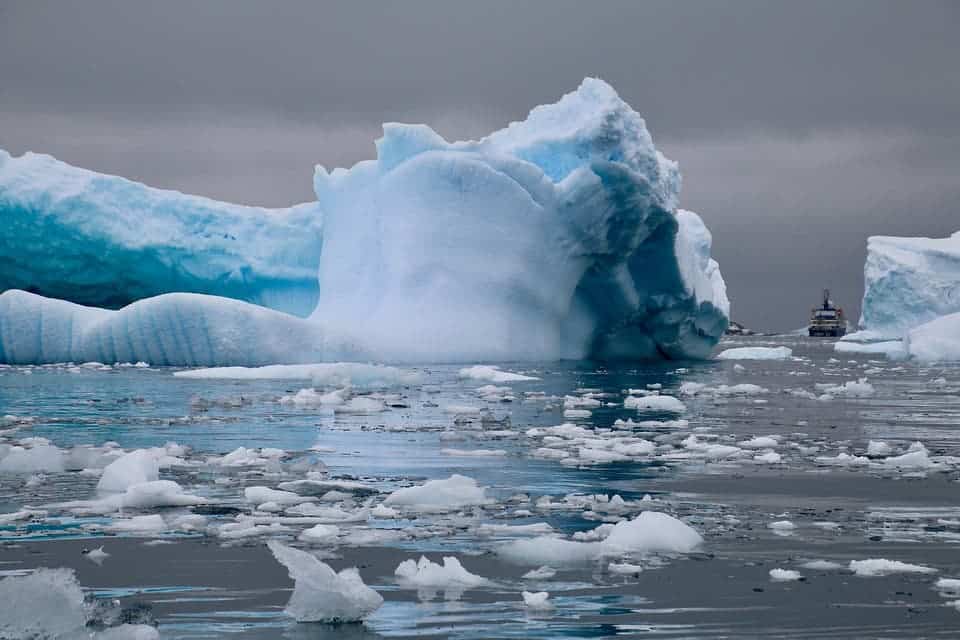Hidden, upside-down ‘rivers’ of warm water that run below the Antarctic shelves are destabilizing and melting the ice from underneath, according to new research. This needs to be implemented in future models, the researchers argue.

For years, scientists have known about these basal channels in ice shelves but the circumstances behind their formation weren’t well understood. Now, the new study, published in Science Advances, brings more clarity to the phenomenon.
“Warm water circulation is attacking the undersides of these ice shelves at their most vulnerable points,” said glaciologist Karen Alley. “These effects matter. But exactly how much, we don’t yet know. We need to.”
About three-quarters of Antarctica is surrounded by floating ice shelves, a floating extension of the land ice that makes up continental ice sheets. The shelves act as a natural barrier to help prevent glaciers on ice sheets from flowing into the ocean.
Nevertheless, the natural barrier effect only works if ice shelves themselves contain enough icy mass to buttress the seaward flow of grounded ice – and as we’re starting to find, Antarctic barriers are weakening.
A team in 2016 analyzed satellite imagery of West Antarctic ice shelves and identified the upside-down ‘rivers’ of warm water eroding the shelves from underneath, rendering them more vulnerable to disintegration.
“Our observations show that basal channels are associated with the development of new zones of crevassing, suggesting that these channels may cause ice fracture,” the researchers explained in their 2016 paper. “We conclude that basal channels can form and grow quickly as a result of warm ocean water intrusion.”
Alley and the research team took another look at the basal channels to investigate what produces these upside-down rivers. The process first takes shape on the grounded mass of the Antarctic ice sheet itself, not on the floating ice shelf, the researchers said.
They found basal channels were more likely to form along the margins of ice sheets – a consequence of warm flows of buoyant water rising above cooler water below and inducing melting in the most vulnerable sections in the ice shelves.
“We’re seeing a new process, where warm water cuts into the shelf from below,” said one of the team, glaciologist Ted Scambos from the University of Colorado Boulder. “Like scoring a plate of glass, the trough renders the shelf weak, and in a few decades, it’s gone, freeing the ice sheet to ride out faster into the ocean.”
Researchers don’t know to what extent these upside-down rivers might be hastening the processes of ice sheet collapse and sea-level rise more generally. But they say it’s important that we study the effects of basal channels and incorporate the phenomenon in future modeling of ice sheet changes.
“Critically, in our modern warming climate, warming of sub-ice shelf water may already be causing basal channel deepening in shear margins, which could strongly affect buttressing and may lead to enhanced calving and ice mass loss,” the researchers explained in their paper.






